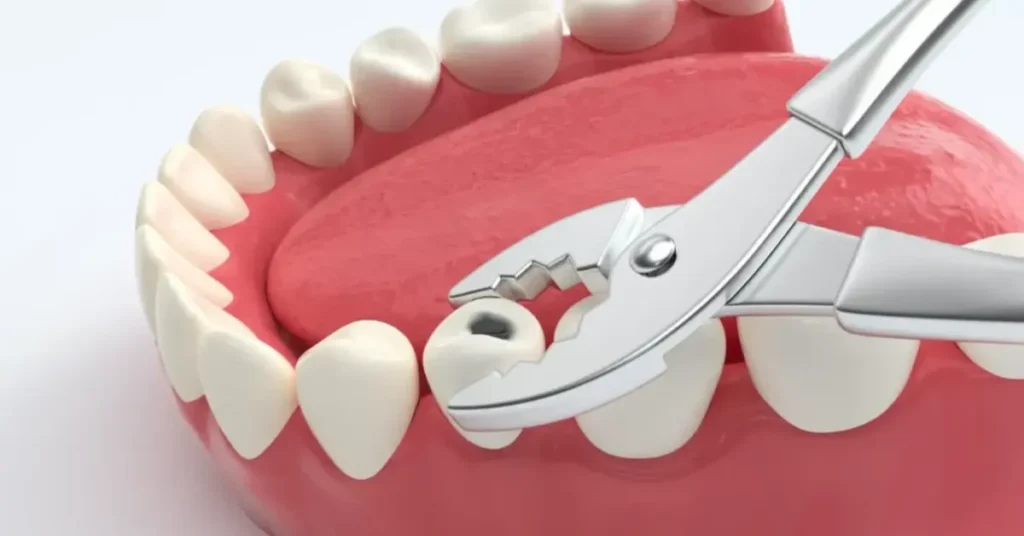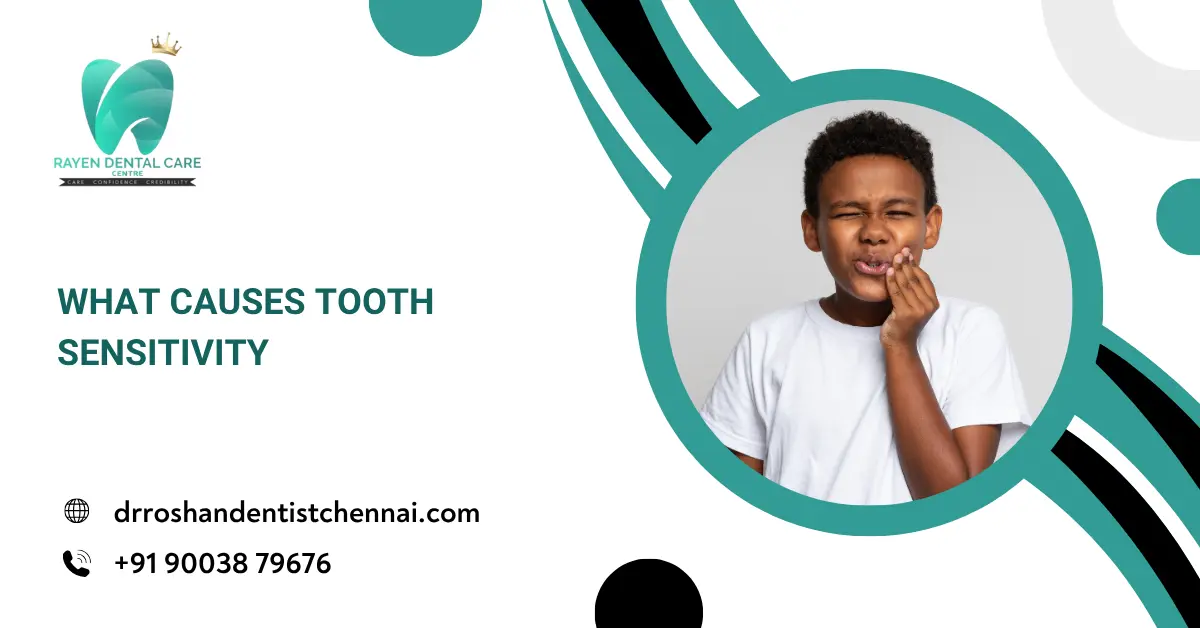Tooth extractions are a common dental procedure designed to remove damaged, decayed, or impacted teeth that cannot be saved through restorative treatments. Extractions are essential for preventing infections, alleviating pain, and maintaining oral health in both children and adults. Whether due to severe tooth decay, injury, overcrowding, or impacted wisdom teeth, removing a problematic tooth can significantly improve dental function and overall well-being.
Advances in modern dentistry have made extractions more comfortable and efficient, ensuring a smoother recovery process for patients of all ages. While many extractions are straightforward, some require surgical intervention to safely remove the tooth and preserve the surrounding tissues. Understanding the different types of extractions and their benefits helps patients make informed decisions about their dental care.
Simple Extractions
Simple extractions involve the removal of visible teeth that are not severely damaged or impacted. Dentists typically perform this procedure using local anesthesia to numb the area, ensuring a painless experience for the patient.
- Performed Quickly and Efficiently: A dentist uses specialized dental tools, such as elevators and forceps, to gently loosen and extract the tooth without the need for surgical incisions or complicated procedures.
- Minimally Invasive with Faster Recovery: Since the tooth is already visible and easily accessible, there is no need for cutting into the gum, making recovery quicker and reducing post-extraction discomfort and swelling.
- Common for Various Dental Issues: Simple extractions are often recommended for teeth affected by advanced decay, severe gum disease, or overcrowding, especially when creating space for orthodontic treatments like braces.
Surgical Extractions
Surgical extractions are necessary for teeth that are not easily accessible, such as those that have broken at the gum line or remain beneath the surface of the gums. This procedure requires a more advanced approach to ensure safe removal.
- Requires an Incision for Better Access: The dentist or oral surgeon carefully makes a small incision in the gum tissue to expose the hidden or fractured tooth, sometimes needing to remove a portion of the surrounding bone.
- Used for More Complex Dental Cases: Surgical extractions are commonly required for impacted teeth, severely fractured teeth, or teeth that are too fragile or deeply decayed to be removed with a simple extraction.
- May Involve Sutures for Faster Healing: In some cases, the dentist will place dissolvable or removable stitches after the extraction to aid in healing, control bleeding, and reduce the risk of complications such as infections.
Tooth Removal
Tooth removal is an essential dental procedure that helps eliminate pain, prevent infections, and improve oral health. Depending on the condition of the tooth, the extraction process can be either simple or surgical.
- Necessary for Severe Decay or Infection: When a tooth is too damaged for restorative treatments like fillings, crowns, or root canals, extraction becomes the best option to stop the spread of infection and protect overall oral health.
- Prevents Overcrowding and Improves Alignment: In many orthodontic cases, tooth removal is required to create enough space for teeth to shift into their correct positions, reducing the risk of misalignment and bite problems.
- Post-Extraction Care is Essential for Healing: After removal, patients should follow specific aftercare instructions, such as avoiding hard foods, refraining from using straws, and keeping the area clean to promote faster healing and prevent complications.
Impacted Tooth Extraction
Impacted teeth are those that fail to emerge properly through the gum line, often causing pain, swelling, and potential infections. Extraction of impacted teeth is a surgical procedure aimed at relieving discomfort and preventing further complications.
- Common in Wisdom Teeth and Canines: While wisdom teeth are the most frequently impacted due to lack of space in the jaw, other teeth, such as canines, may also require extraction if they fail to erupt correctly and affect bite alignment.
- Reduces Pain, Inflammation, and Risk of Infection: Impacted teeth can cause significant discomfort, gum swelling, and bacterial infections, making extraction the best option for long-term oral health and pain relief.
- Prevents Damage to Nearby Teeth and Bone: Leaving an impacted tooth untreated can lead to serious issues such as shifting of neighboring teeth, cyst formation, bone loss, and an increased risk of cavities and gum disease.
Wisdom Tooth Removal
Wisdom teeth, also known as third molars, are the last set of teeth to develop and often cause problems due to a lack of space in the mouth. Removing wisdom teeth can prevent a range of dental issues, particularly in young adults.
- Prevents Future Complications and Painful Symptoms: Wisdom teeth that are impacted, misaligned, or partially erupted can lead to persistent pain, infections, and structural damage to adjacent teeth if not removed in time.
- Can Be Performed Before Symptoms Appear: Many dentists and oral surgeons recommend proactive wisdom tooth removal before they cause significant pain, crowding, or gum infections, ensuring a smoother healing process.
- Reduces Risk of Gum Infections and Cyst Formation: Impacted wisdom teeth can create deep pockets in the gums where bacteria accumulate, leading to serious infections, swelling, and even the development of painful cysts or tumors.
Conclusion
Tooth extractions, whether simple or surgical, play a vital role in maintaining oral health for both children and adults. Removing damaged, decayed, or impacted teeth can prevent infections, relieve pain, and improve overall dental function. Whether it is a straightforward extraction or a more complex surgical procedure, advancements in dental techniques ensure a comfortable and effective treatment process. For professional and expert care in tooth extractions, trust the specialists at Rayen’s Dental Clinic to provide safe and effective solutions tailored to your dental needs.
Read also: Endodontics





